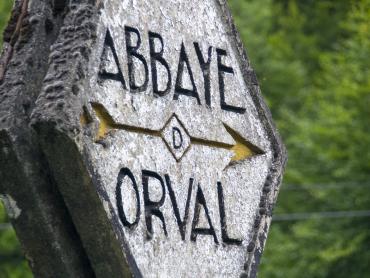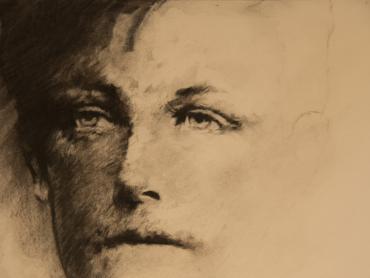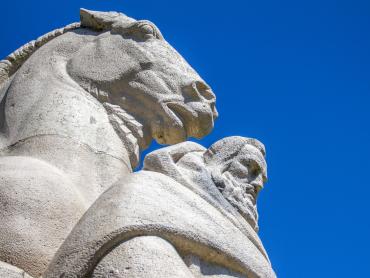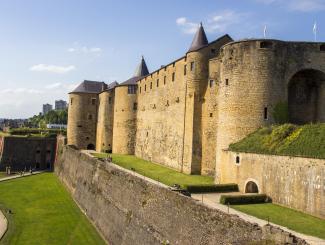Dinant
between the meuse and the citadel
Dinant and its mighty citadel - enthroned high above the city - are the excursion destination on the Meuse by excellence: an absolutely essential visitor highlight for your next trip to the Belgian Ardennes! Just because of the very pretty location of the city and its famous citadel, you must have seen this place once in a lifetime. Construction and geographical location seem indeed to have sprung from a film set like Lord of the Rings or Game of Thrones!
History
Dinant’s name comes from the Celtic “Divo Nanto” meaning “Sacred Valley” and the town is dramatically perched on the narrow banks of the River Meuse, at a point where the river cuts deeply through the limestone of the Condroz plateau. The river was an important means of transport for the town, being used to bring in raw materials and to distribute finished goods. The town also had workshops where locally quarried bluestone and marble was dressed before also being distributed along the river.
Originally owned by the Count of Namur, the town was granted by Holy Roman Emperor Henry IV to the Prince-Bishop of Liège in the eleventh century. The Prince-Bishops improved the town’s infrastructure, building the first stone bridge over the river and repairing the defences of its castle to create the citadel in 1530. Its strategic importance controlling access to the Upper Meuse valley led to frequent attacks, one of the worst being by the army of Philip the Good, Duke of Burgundy in 1466: it savagely put down a rebellion, drowned 800 townspeople in the river and burned the town to the ground.
Metalworking flourished in the rebuilt town, which specialised church altar candlesticks, chalices and patens made of a silver-brass alloy, known as “dinanderie”, that were distributed along the Meuse and sold all over Europe.
Dinant was occupied by a French army under Marshal de Créquy in 1675 and the French destroyed the citadel in 1703. In 1795, Dinant was ceded with the rest of the Prince-Bishop’s territory to Revolutionary France. Dinanderie fell out of fashion and the workshops changed to leather tanneries and playing-card factories.
The city suffered devastation again during the First World War. The invading German army fought a combined French and Belgian force in the Battle of Dinant on 15 August 1914, during which the young Lieutenant Charles de Gaulle was wounded. The French and Belgian troops were forced to retreat and the Germans occupied Dinant and began a series of savage reprisals against the civilian population, culminating in the massacre of 674 civilians on 23 August: in total they murdered around 5,000 Belgian and French civilians during their advance in 1914.
A unique citadel
Must-see sights
The city's best-known landmark is the Gothic-style Collegiate Church of Our Lady of Dinant on the riverbank, with its unique onion dome and lantern. Above the church rises the vertical flank of the rocky outcrop on which sits the citadel, rebuilt in 1821 when Dinant was part of the United Kingdom of the Netherlands. A flight of 408 steps lead up from the church, and there is also a tourist road train that drives up to the citadel visitors’ centre. Dinant’s most famous inhabitant was the musician and inventor Adolphe Sax (1814-1894).
As proficient flautist and clarinettist, he assisted his parents in their musical instrument manufacturing business while developing his own designs. He patented a new bass clarinet design in 1824 and a family of brass saxhorns with valves in 1842, but his greatest success came with the saxophone family, patented in 1846, which was quickly adopted by military bands, and later by symphony orchestras, dance bands and jazz bands. Today his birthplace is a small museum dedicated to his life and work.
TAKE A BREAK IN DINANT

Just outside Dinant is the Bayard Rock a massive needle of rock. According to a famous twelfth-century troubadour song, it was separated from the valley cliffs by the hoof of Bayard, the giant horse that carried the Four Sons of Aymon in their escape from Emperor Charlemagne’s army.
More Information
Explore Meuse
Avenue Colonel Cadoux 8, 5500 Dinant, Belgium
Tel.: 0032 82 22 28 70
www.exploremeuse.be


















